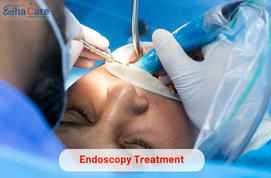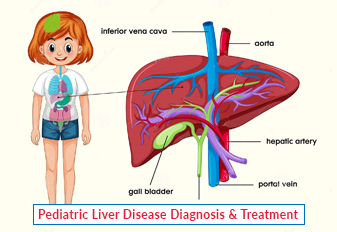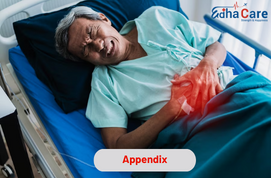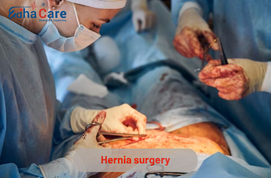Endoscopy Treatment

Endoscopy treatment uses a flexible tube equipped with a video camera and light to look into and treat diseases inside organs or body cavities. It is used for both medicinal and diagnostic purposes. Identification of abnormalities in the respiratory, gastrointestinal, or urine tracts is facilitated by diagnostic endoscopy. Stent placement, ulcer or stricture therapy, and polyp removal are examples of therapeutic procedures. Compared to typical surgery, this minimally invasive procedure, which is frequently done as an outpatient, has a shorter recovery time and causes less discomfort. Options for anesthesia guarantee comfort for patients. Endoscopy carries a small risk of bleeding or infection, while being typically safe. However, because of its advantages in precise diagnosis and targeted treatment, it is an essential tool in all medical specialties, enhancing patient results and quality of care.
Book an AppointmentAbout Endoscopy Treatment
Symptoms: Depending on the specific ailment being treated, endoscopic treatment may be suggested for a variety of symptoms. Gastrointestinal bleeding, persistent abdominal pain, dysphagia (difficulty swallowing), chronic reflux of acid, unresolved loss of weight, changes in bowel habits, coughing symptoms like feeling short of breathing or a persistent cough, and urinary tract issues like the blood in the urine or frequent infections of the urinary tract are common signs that may require endoscopic evaluation.
explanations: There is a broad range of possible explanations for signs that call for endoscopy care. Inflammatory bowel disorder (IBD), ulcers, stomach cancers, and gastrointestinal hemorrhage are a few examples of digestive diseases that could be among them. Lung diseases such as cancer of the lungs, infections, and chronic obstructive pulmonary disease, also known as COPD are examples of respiratory causes. Stones in the kidneys, infections of the urinary tract (UTIs), or structural abnormalities are examples of urinary tract diseases.
Solutions: Endoscopy treatment provides choices for both evaluation and therapy. The appropriate therapy can begin as soon as the endoscopic examination identifies the underlying source of the symptoms. This could include procedures including excision of polyps or tumors, dilatation of strictures, stent implantation to clear clogged passageways, bleeding control using cauterizing or cutting, or biopsies to look into questionable areas in more detail. Moreover, based on the particular diagnosis, suggestions for medication, other treatments, or modifications to lifestyle may be made.
Procedure of Endoscopy Treatment
Preparation: The patient goes through a pre-operative evaluation prior to the surgery, that involves a review of their medical records and a fast to make sure that their stomach is empty. A preparation of the bowel procedure could be required for some gastrointestinal endoscopies.
anesthetic: To ensure that patients feel comfortable during the procedure, anesthetic alternatives such as regional anesthesia, conscious sleep, or general anesthesia are administered based on the kind of endoscopy and the request of the patient.
Endoscope Insertion: The endoscope, a flexible tube that includes a camera and light source, is carefully put into the bodily cavity or organ under examination, such as the mouth for higher endoscopy, the rectum for colonoscopies or the urethra for the cystoscopy, through a natural opening or a tiny cut.
Visualization and Inspection: The doctor maneuvers the endoscope through the area of interest region, scrutinizing tissues and organs up close. The physician can see any anomalies by observing the real-time images that the camera takes on a monitor.
Diagnostic or Therapeutic Procedures: Tissue biopsies, fluid samples, imaging, and other methods for diagnosis may be carried out in accordance with the results. During the same surgery, therapeutic procedures including stricture dilation, polyp excision, lesion cauterization, or stent inserting may also be performed.
Monitoring and Documentation: Throughout the procedure, vital signs are monitored, and the findings are meticulously documented. Any adverse events or complications are promptly addressed by the medical team.
Recovery and Follow-up: After the procedure, the patient is monitored in a recovery area until the effects of sedation wear off. Depending on the type of anesthesia used and the complexity of the procedure, patients may be discharged home the same day or kept overnight for observation. Instructions for post-procedure care, including dietary restrictions and activity limitations, are provided, and follow-up appointments are scheduled as needed.
Require Assistance?
Get A Quick Callback From Our Healthcare Experts






